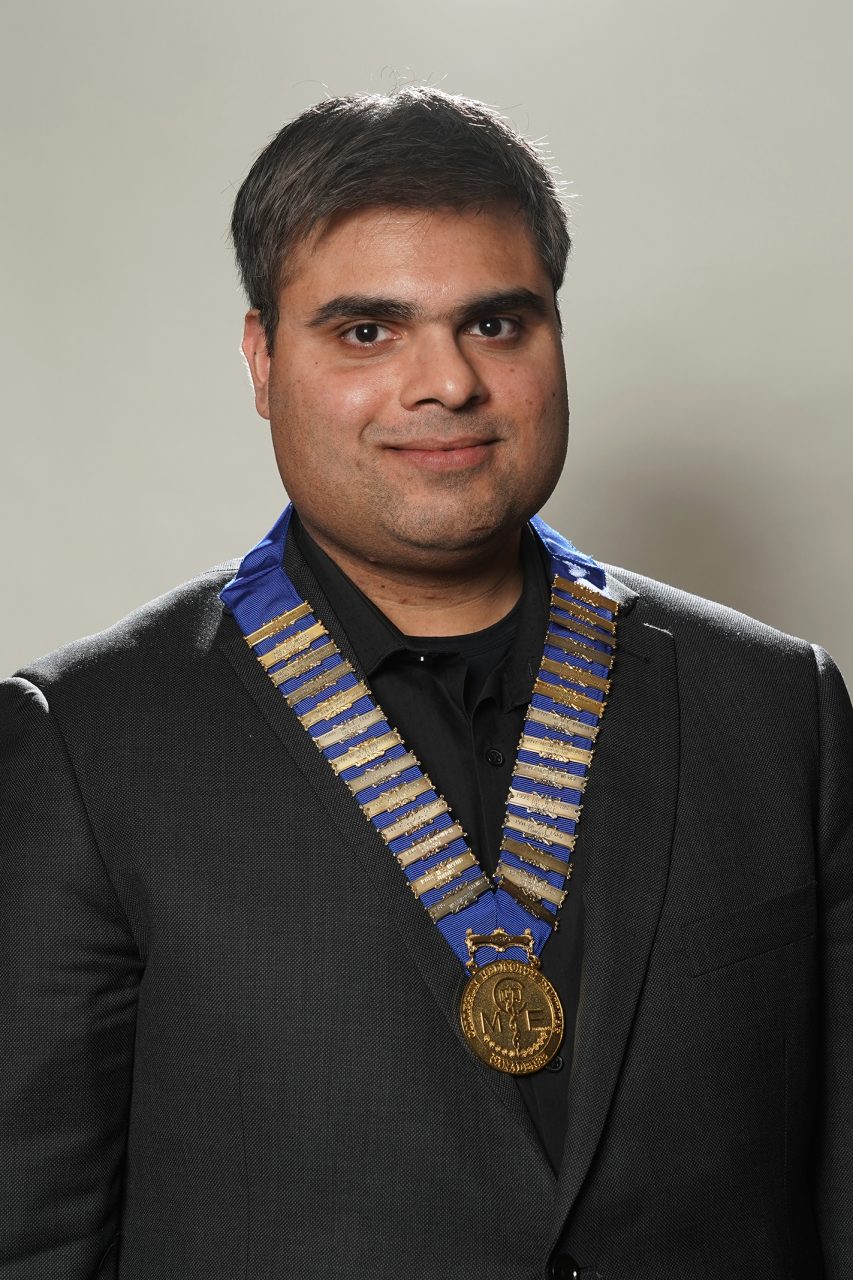During a recent trip to Washington D.C., I spoke with Kaiser Permanente doctors about their service model. Our conversations left me inspired to discuss and explore innovations within our current health care system.
Albert Einstein once suggested “we cannot solve our problems with the same thinking we used when we created them.” It’s no secret that there are challenges that face our health care system. Among these challenges is access – to us, to our specialty colleagues, to allied health, and to numerous other resources that link to our health care system.
As we explore how we fund the system, we need to be progressive in looking at ways to improve access. Models of payment will continue to be discussed and the pros and cons of fee-for-services vs. capitation-based vs. salary-based models debated; however, with certain measures of accountability, innovative options are available to primary care physicians and specialists alike to provide comprehensive, accessible care based on prevention and lowering the need for acute interventions.
We need to look at supporting access in ways beyond the traditional office visit. Telephone, secure videoconference, and electronic communication can help but these options need to be supported in the way remuneration happens. If these encounters are helping to provide care and fulfill clinical needs and improve access then the system needs to enable them to happen. The Central Patient Attachment Registry should allow identification of the physician and clinic most responsible for providing care to a patient. By extension, can this be used to enable that care to be provided in flexible ways?
Over the last few years we have seen billing codes to put in place to facilitate some of this to happen, but we need to look at all levels of care and whether there are other solutions to enable patients to receive the care they need. Does every consultation need to be physically seen by the specialist, is there another way to deliver advice to a rural patient without them traveling into a tertiary care centre – in some cases the answer full well may be no, but in others it is a definitive yes.
Physicians and other health care providers are hard working individuals. We need to recognize this and acknowledge that there are many variables already impacting wellness and burnout. When we strategize solutions within our health care system, it must be in a way that facilitates delivery of care but supports those who deliver it. As we look at solutions to enable access and maintain continuity, we need to ensure these are not just more add-ons to an already busy day but aspects that can be integrated into workflow.
It is inevitable that there will be change in how health care is delivered, now is an opportunity for physicians to lead the search for solutions, we are an important part of delivering health care, we should be an important part of improving how our system delivers it.
Vishal Bhella, MD, CCFP
President
Alberta College of Family Physicians

